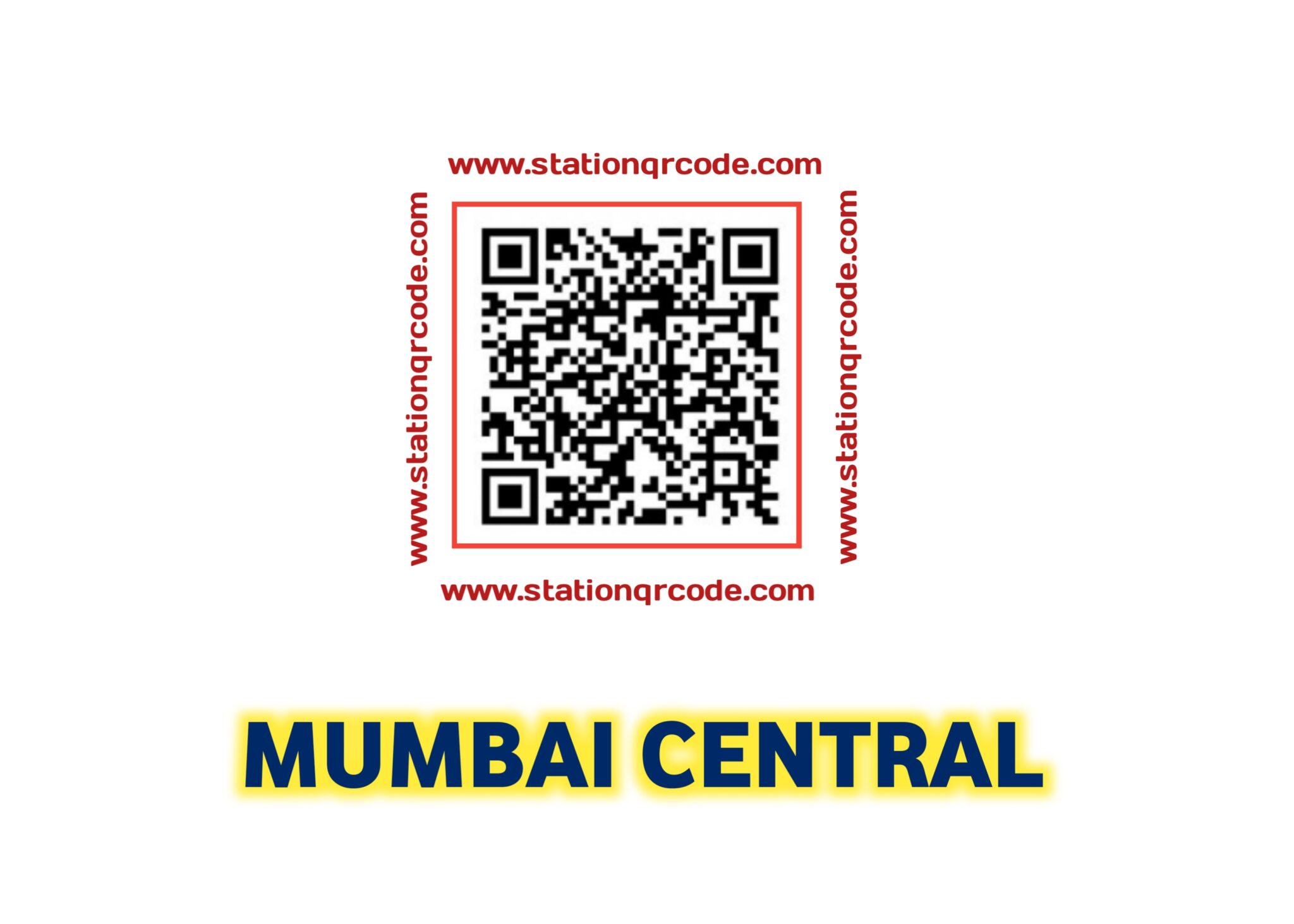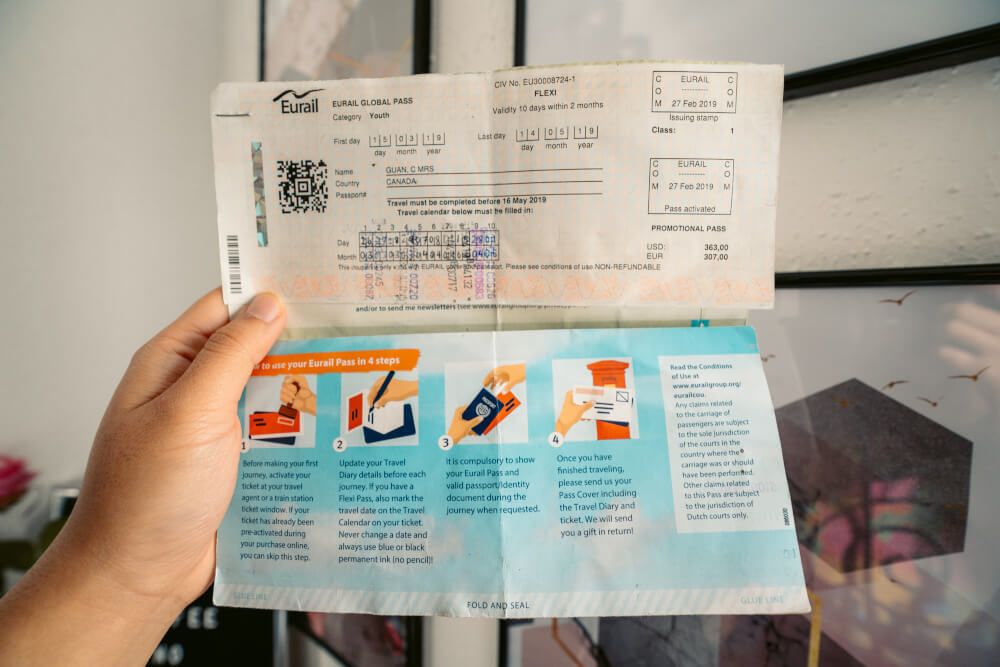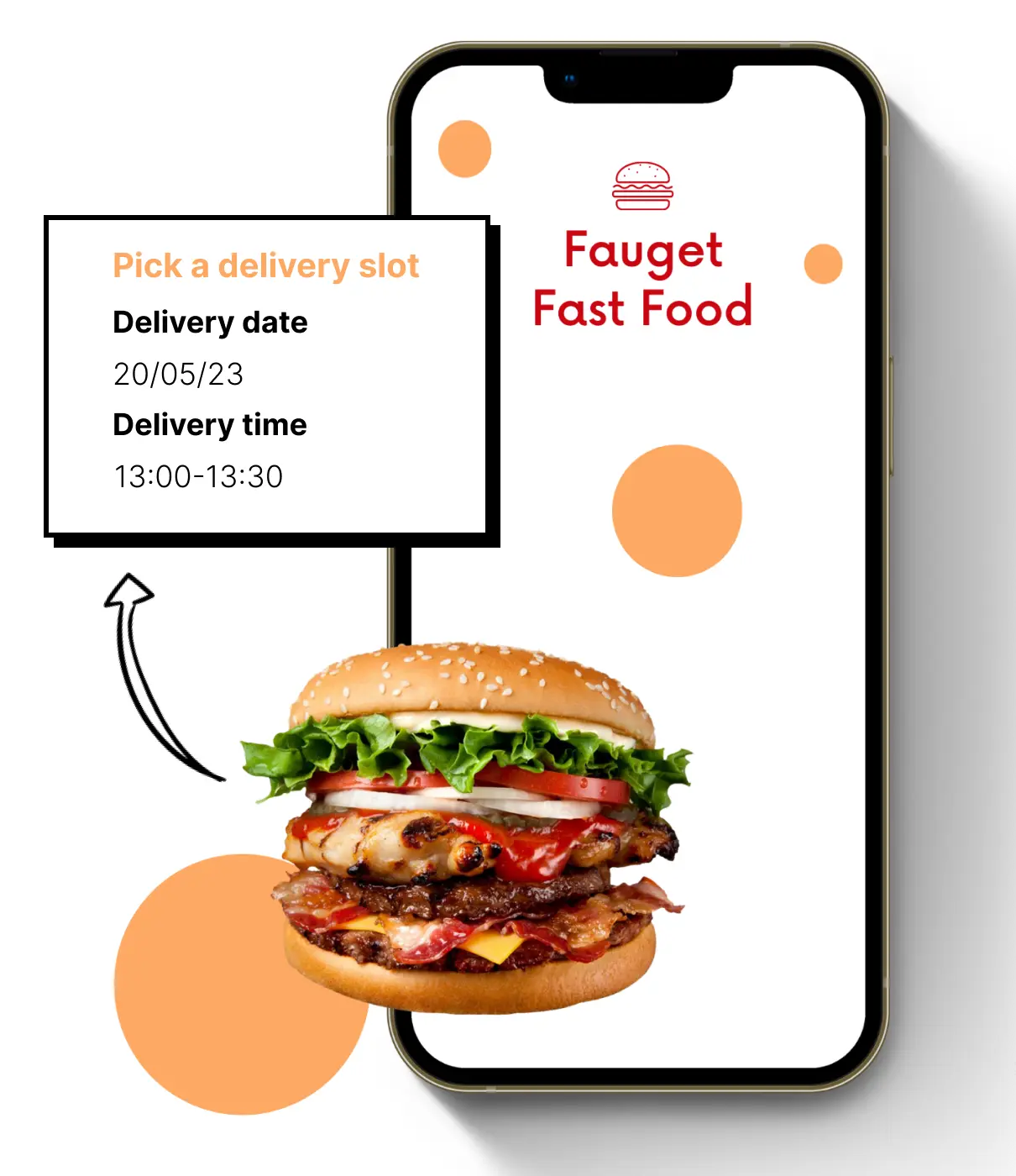QR Code Tickets: How To Create One For Free!

Let’s face it—keeping track of physical tickets can be a nightmare. They get lost, crumpled, or forgotten at home just when you need them most. But thankfully, we’re living in the age of QR code tickets, and honestly, they’ve been a total game-changer. No more fumbling through your wallet or stressing over whether you left your ticket on the kitchen counter. With a quick scan of your phone, you’re in—easy as that. Let's dive in deeper on how to create one and manage your QR code ticket system!
How QR Code Tickets Work?
QR code tickets are the modern-day VIP pass—sleek, efficient, and impossible to misplace (unless you lose your phone). They’re designed to streamline entry processes while keeping security top-notch. Here’s how these little pixelated wonders work:
Verification: The Ultimate Gatekeeper
With a quick scan, the system retrieves your ticket details faster than you can say, “I forgot my password.” This real-time validation ensures your ticket is legit, blocking any fraudulent or duplicate attempts. Thanks to encrypted data, QR codes act like a bouncer who never sleeps—keeping out the riffraff and letting only the right people in.
Check-In: One and Done
Once verified, your ticket gets marked as “checked-in” in real-time. It’s like crossing your name off an exclusive guest list—except it happens instantly, and no one has to awkwardly squint at a clipboard. This step prevents any sneaky reuse of the same code and keeps the line moving like clockwork. Efficiency? Check. Happy attendees? Double check.
Data Logging: Because Numbers Never Lie
Every scan isn’t just about getting you through the door; it’s also about collecting valuable insights. Time of arrival, ticket status—you name it, it’s logged. For event organizers, this data is pure gold. It helps monitor attendance in real-time and paves the way for smoother, smarter events in the future. Plus, it’s always fun to geek out over attendance stats post-event.
Why should we use QR code on tickets?

Enhanced Security
When it comes to keeping events secure, QR codes are like digital bodyguards. Each code is uniquely generated and encrypted, making duplication or tampering about as likely as finding a unicorn at a trade show. A quick scan retrieves real-time data from a centralized system to confirm ticket authenticity, ensuring only legitimate attendees make it past the gate.  Case in point: Hyderabad Metro Rail, for instance. Their QR code-based e-ticketing allows passengers to book and validate tickets through mobile apps, cutting down on counterfeit attempts. It’s a win for security and a loss for would-be fraudsters who’ll now have to find a new hobby.
Case in point: Hyderabad Metro Rail, for instance. Their QR code-based e-ticketing allows passengers to book and validate tickets through mobile apps, cutting down on counterfeit attempts. It’s a win for security and a loss for would-be fraudsters who’ll now have to find a new hobby.
Efficient Check-In
Forget about long lines and exasperated sighs. QR code tickets turn the check-in process into a breeze. Attendees simply scan and go, dramatically reducing wait times and bottlenecks. This not only makes life easier for attendees but also for event staff, who can now focus on more important tasks—like making sure the coffee stays hot.

Case in point: Kolkata Metro, their QR code system lets commuters zip through entry points without breaking stride, keeping the flow smooth and the tempers cool.
Going Green, Saving Green
By swapping paper tickets for QR codes, events can save a forest or two. Digital ticketing cuts down on paper waste and slashes printing and distribution costs. It’s a planet-friendly move that also boosts your brand’s green credentials—because who doesn’t love an eco-conscious organizer?  Case in point: The Mumbai Suburban Railway’s digital ticketing initiative. Commuters book via mobile apps, reducing paper usage and helping the planet breathe a little easier. It’s sustainability with a side of convenience.
Case in point: The Mumbai Suburban Railway’s digital ticketing initiative. Commuters book via mobile apps, reducing paper usage and helping the planet breathe a little easier. It’s sustainability with a side of convenience.
Data Analytics
Every QR code scan logs vital information—like arrival times and attendee demographics—giving organizers a treasure trove of insights. These data points help refine everything from marketing strategies to future event layouts. In short, QR codes don’t just open doors; they open windows to better planning. Consider the Hyderabad Metro again. Their e-ticketing system isn’t just about quick entry—it also collects passenger data, offering invaluable insights for improving services. Who knew a simple scan could be so enlightening?
How to do QR code tickets?

Step 1: Choose the Right QR Code Type
Each QR code type serves a specific function. Selecting the right QR code type is essential for optimizing your QR code functionality:
- URL QR Codes: Direct attendees to the event website, offering key details such as the venue location, schedule, or dress code.
- RSVP QR Codes: Streamline the RSVP process by linking to an online form for efficient attendee management.
- Feedback QR Codes: Gather post-event feedback through surveys or digital guestbooks, enhancing future event planning.
- SMS QR Codes: Pre-fill text messages for quick communication, useful for last-minute RSVPs or event-day updates.
- vCard QR Codes: Provide vital contact information, such as event coordinators or emergency contacts, for added convenience.
- Plain Text QR Codes: Share essential instructions or personalized messages that attendees can access directly on their devices.
Step 2: Personalize Your QR Code
Once you’ve selected the QR code type, it’s time to customize it:
- Input Your Information:
- Navigate to a QR code generator tool.
- Enter the required data, such as URLs, text, or contact details.
- Design Your QR Code:
- Modify colors to match your event theme.
- Add your event logo or a decorative element.
- Adjust the size and shape for better aesthetic appeal.
- Generate the QR Code:
- Click the “Generate” button.
- Preview your custom QR code to ensure it aligns with your design expectations.
- Download the QR Code: Save the QR code in a high-resolution format to ensure it prints well.
Step 3: Integrate the QR Code into Your Tickets
When incorporating a QR code into your tickets, placement is critical for accessibility and design harmony. Position the QR code in a prominent location, such as a corner of the ticket, ensuring it is easy to locate without disrupting the overall ticket layout. To guide users, include a clear call to action like “Scan this QR code to access your event” or “Check-in with this QR code.” For users unfamiliar with QR codes, add a brief instruction such as “Use your phone’s camera to scan the QR code for entry.”
Step 4: Test and Validate the QR Code
Before distributing the tickets, thoroughly test the QR code to ensure flawless functionality. Scan the code to confirm it links to the correct destination, such as a check-in system, event details, or attendee profile. Test the QR code across multiple devices, including both Android and iOS platforms, to ensure compatibility. Additionally, double-check all linked information for accuracy, ensuring that event details, ticket data, or any other connected content are complete and error-free.
Bonus Tips
- Use QR Code Validator Tools: Some online tools validate QR code designs for compatibility and scannability.
- Monitor Usage Analytics: If your QR code links to a trackable URL, use analytics to ensure it’s being accessed as expected.
Step 5: Finalize and Distribute Invitations
Once your QR code and tickets are ready, it’s time to finalize and distribute them effectively:
- Print Tickets: Use high-quality printing to ensure the QR code remains scannable. Double-check the ticket layout to confirm that the QR code is clear and not distorted.
- Distribute Tickets: Share the tickets digitally via email or event apps, or distribute physical copies through mail or in-person delivery. Make sure attendees receive their tickets well in advance to allow sufficient time for preparation or responses.
5 Unique Ideas to Make a QR Code Tickets
Enhancing event tickets with creative QR code implementations can significantly improve the attendee experience and streamline event management. Here are five unique ideas to make your QR code tickets stand out:
Personalized QR Codes with Attendee Information

Incorporate each attendee's name or a unique identifier directly into the QR code design. This personalization adds an exclusive touch while improving check-in efficiency. For example, embedding the attendee’s name within the QR code can make the ticket feel customized and tailored specifically for them.
Dynamic QR Codes for Real-Time Updates
Leverage dynamic QR codes that allow real-time updates. With this feature, you can modify event details—such as schedule changes or venue updates—without needing to reissue tickets. Attendees can scan the same QR code to stay informed, ensuring they never miss important updates.
Interactive QR Codes Leading to Personalized Content
Design QR codes that direct attendees to personalized content, such as a welcome video from the event organizer or a tailored itinerary based on their preferences. This approach not only boosts engagement but also delivers a unique and memorable experience for each attendee.
Aesthetic QR Codes Integrated into Ticket Design
Seamlessly blend QR codes into your ticket’s overall design by customizing the color scheme and incorporating branding elements. This integration enhances the ticket’s visual appeal while maintaining full functionality, leaving a professional and polished impression.
Gamified QR Codes for Enhanced Engagement
Add an element of fun with gamified QR codes that lead to interactive games or challenges tied to the event. For instance, scanning the code might enter attendees into a raffle, unlock exclusive content, or reveal hidden rewards. This gamification strategy increases engagement and creates a memorable event experience.
3 Inspiration QR Code Tickets Examples
QR codes have transformed ticketing across various industries by improving security, simplifying access, and enhancing the overall user experience. Here are three notable examples:
Eurail's QR Code Tickets

Eurail, a popular European train pass provider, uses QR code tickets to make travel across multiple countries seamless. Travelers receive digital tickets with unique QR codes that train conductors scan to confirm travel details and authenticity. This system speeds up the boarding process and eliminates the need for physical tickets.
Kolkata Metro's QR Code Ticketing System

The Kolkata Metro in India has adopted QR code ticketing on several key lines, including the Blue Line (Line 1), Green Line (Line 2), and Orange Line (Line 6). Commuters can buy and use QR code tickets through the Metro Ride Kolkata app, available on the Google Play Store and iOS App Store. This system offers a convenient travel experience with features like mobile QR tickets and smart card recharges.
Eventbrite's QR Code Event Tickets

Eventbrite, a leading event management platform, provides QR code tickets for events worldwide. Attendees receive digital tickets with QR codes that can be scanned at entry points for quick and secure access. This technology enhances the attendee experience and gives organizers real-time attendance tracking.
Wrap up
Adopting QR code tickets is more than a convenience—it’s a smart, forward-thinking decision for anyone looking to elevate their event experience. They save time, reduce costs, and improve security, all while offering an eco-friendly alternative to traditional paper tickets. Moreover, the ability to personalize QR code tickets or integrate them with gamified elements adds a creative edge that attendees will remember. Ready to enhance your event’s efficiency and appeal? Make the switch to QR code tickets and let innovation lead the way.
>>> Read More: Step-by-Step Guide to Creating a QR Code for Event Management

Shopify POS Hardware: Complete Setup Guide for Business Owners

Exclusive to Shopify Plus: Checkout Date Picker

Lightspeed vs Shopify POS: Which Is Right for Your Business in 2026?

New features that help you stop losing money on peak hours



